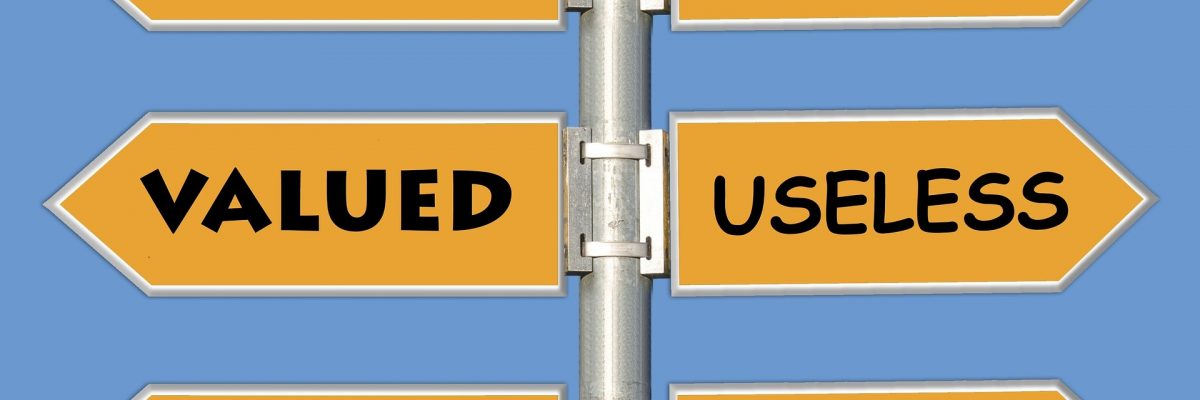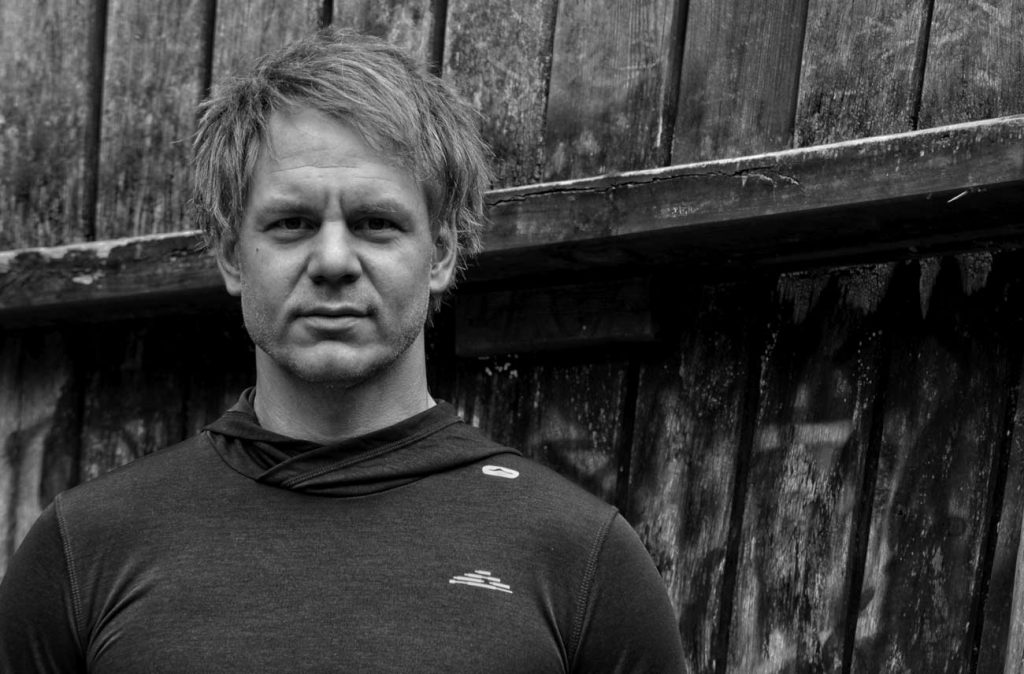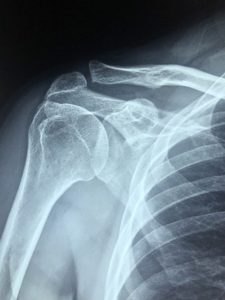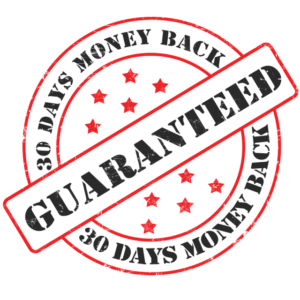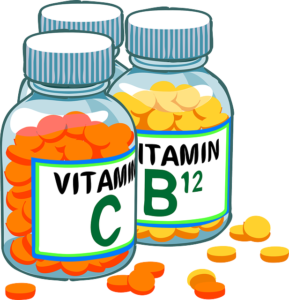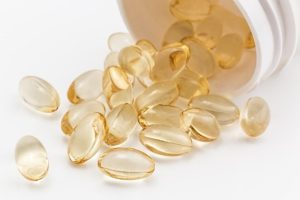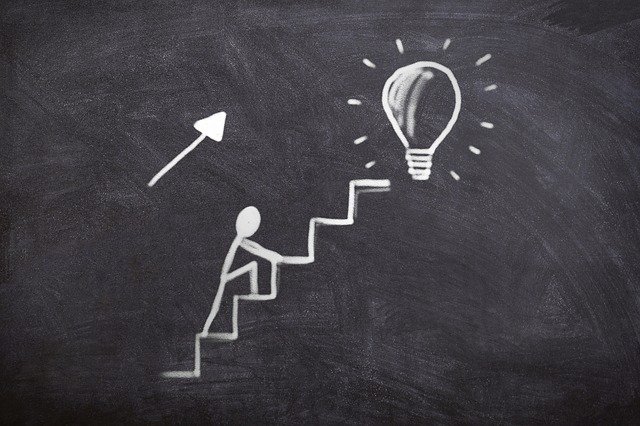The pain relieving expert explains:
Spondylosis – The wear and tear on the spine. Why at all? And could another (my) attempt at an explanation possibly be the needle in the pile?
First things first: The average life expectancy for people in Ireland in 2018 was 82.61 years. (Women – 84.4 years and men – 80.9 years). Does it then make sense to assume that the spine is so broken and worn out after 50, 60 or 75 years? So about 40%, 28% or 10% before the end of its natural life.
So what went wrong? I mean, your feet don’t fall off after 50 years of life? Or the legs?
There are many types of spondylosis: osteoarthritis, bone growths, spinal cord damage and degenerative changes in the intervertebral disc.
The usual explanation is usually: Yes, that’s age. That is just the new, “New”. Would it then be wrong to ask: Then why doesn’t this happen to everyone? Why are there also people who, at 75, have never had any complaints in their spine? In addition, please listen carefully to the fact that people who were actually diagnosed (by chance) with spondylosis on an X-ray or MRI have no pain at all. Or people who have pain, but nothing can be seen on the MRI. How can that happen?
The wear and tear can often progress without any problems, i.e. without symptoms. Later on, it can lead to: non-specific local back pain, movement restrictions (stiffness and paralysis) and numbness, tingling and radiating pain. Well, did anyone recognise themselves? Or does anyone know someone who feels or has felt this way? Now there are various treatment methods: painkillers, exercise therapy, physiotherapy and even strength training.
All these methods are faced with 5 questions at the end:
1) Has what is being done helped permanently?
2) Are there NO negative side effects?
3) Is the person permanently free of pain or has the pain been reduced to such an extent that he or she can really go about his or her daily life without any problems?
4) Is the person able to maintain the pain-free state completely on his own (without further intervention by the practitioner)?
5) How cost-intensive are these treatments over a period of one year?
In my opinion – questions 1-4 are answered with “no” at least once.
What has to change in the near future to make it a “yes”?
And how realistic is that? Question 5) Take this sum and multiply it by the time the pain or discomfort has been present – has the four-digit euro range already been reached? Five-digit? With what result? With what specific result?
Has permanent freedom from pain been achieved? With this financial commitment. And that with 100% independence from a therapist? Is the person affected able to reduce and eliminate his pain himself? No??
Hm…. Well….I invite you to take a closer look at my attempt.
If you are interested in further explanations.
See you next time and stay strong.

